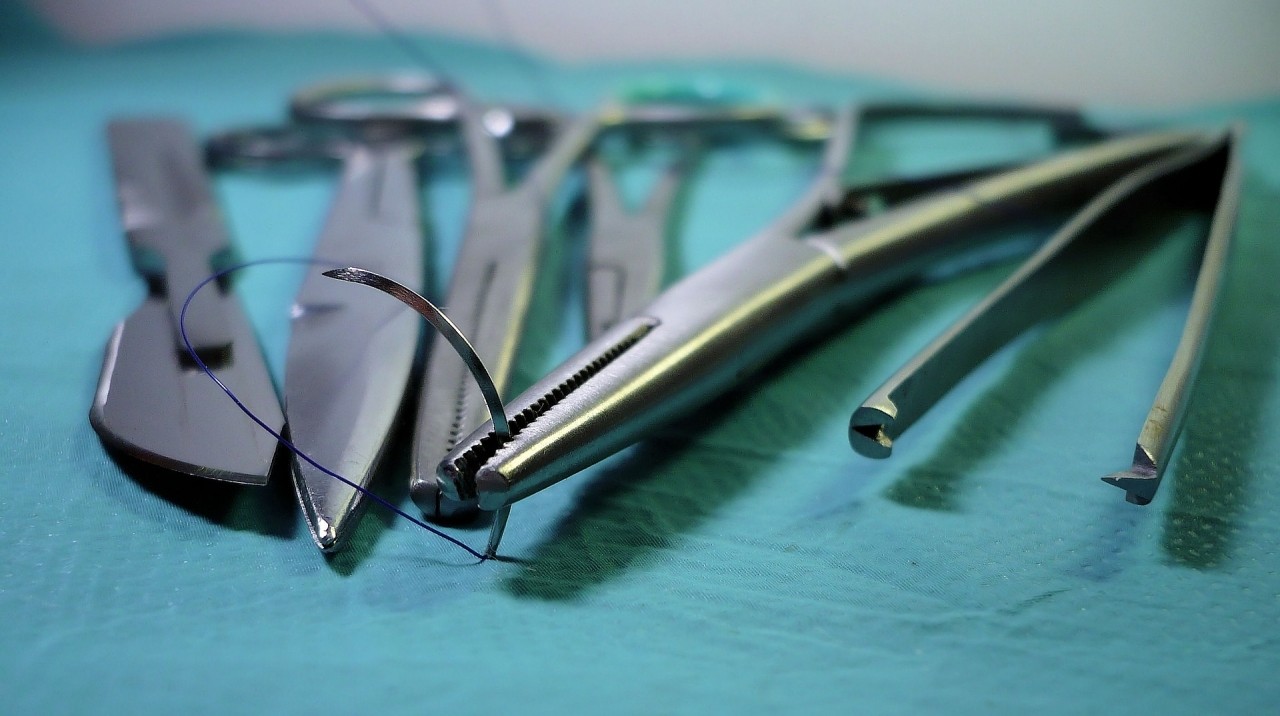Practice doesn’t make perfect. Perfect practice makes perfect.
- Vince Lombardi
Teaching procedural skills to novice providers can be challenging. Maintaining procedural skill and advancing from competent to proficient can be even more difficult. Simple practice and the ‘See One, Do One, Teach One’ model may not be sufficient. This blog covers how to practice a more perfect procedure.
There are a number of high-risk, time-sensitive critical skills in medicine including central venous catheterization, endotracheal intubation (ETI), perimortem cesarean section and thoracotomy. There are also a number of other skills including suturing, intravenous placement and splinting an injured extremity that, while less time sensitive than critical procedures, are important to the care of the patient. The challenges between these various procedures represents the balance between competency and proficiency.
Competency represents the minimal threshold for skill development while proficiency signifies an element of mastery. For simplicity, these two concepts may represent the floor (competency) and the ceiling (proficiency) for many providers as they acquire and maintain procedural skills. Whether procedures require a provider to be competent or proficient may be unique to the provider, patient situation and environment.
Historically, providers would learn procedural skills through the ‘See One, Do One, Teach One’ adage although this has inherent limitations. Previous work has suggested that this method of learning procedural skills leaves many learners feeling inadequately trained to perform a procedure after having only viewed it one time. This limited training model also has important implications for patient safety as limited knowledge and experience has been implicated as the cause of many medical errors. While viewing a procedure one time (i.e. ‘See One’) may help a provider progress towards competency, it is unlikely to help one achieve proficiency. As such, competency may be unacceptable in critical procedures (e.g. endotracheal intubation or ETI) or in vulnerable populations (e.g. pediatrics) where the potential for complications and risk to the patient are greater.
In these situations, proficiency may be required but training a provider to proficiency can be challenging. For example, ETI is commonly performed by various providers including anesthesiologists, emergency physicians and paramedics. For this same procedure, there is no minimal requirement for anesthesiologist residents as it is believed they perform over 1000 during their training, while paramedics are required to perform only 5 ETIs during training to be credentialed to perform this skill and rarely perform ETI in clinical practice (1-2 times/year). Previous work has suggested roughly 50 ETIs are needed to attain a 90% first attempt success rate in elective, low-risk settings. This number may be 20 times higher in emergent, high-risk settings such as those encountered by paramedics.
Attaining competency and proficiency can be challenging, especially in these low-frequency, high-consequence procedures. Current training models focus on developing a fund of knowledge (often through didactics), deliberate practice in simulated and clinical settings followed by regular application in the clinical setting. This implies there are likely broad areas that should be covered to develop proficiency with procedures: knowledge, and psychomotor skill. The development of psychomotor skill requires continued focus and practice to move from competency to proficiency and can be accomplished through various tools including deliberate practice, mentored procedures, simulation training and kinematic feedback. These techniques help to attain and maintain procedure skills through increasing the amount of practice (frequency effect), reducing the time since the last practice (recency effect) and spacing out the distribution of the practice (spacing effect).
While repetition of procedural skills can help to reinforce various techniques, simply practicing a procedure is insufficient to move from competent to proficient. Instead, focused practice, designed to provide feedback to the learner, can help to mitigate improper technique. This can be through mentored procedures, where another provider supervises and guides a provider through a technique. It can also include haptic feedback such as that tracked and provided by various simulators and motion analysis techniques.
While the exact training interval for procedures is unknown and remains an ongoing area of active research, it may be beneficial to review and practice procedures on a regular, recurring basis. By incorporating techniques such as mentored practice and motion analysis, educators can provide guided feedback to the provider performing the procedure to correct their technique and practice a more perfect procedure.
How do you maintain proficiency with procedures you perform? How do you educate trainees with procedures in your specialty? How do you adjust this if the procedure is frequently or infrequently performed in the clinically setting? Join the conversation by adding a comment below!
References:
- Kotsis SV, Chung KC. Application of the "see one, do one, teach one" concept in surgical training. Plastic and reconstructive surgery. May 2013;131(5):1194-1201.
- Mason WT, Strike PW. See one, do one, teach one--is this still how it works? A comparison of the medical and nursing professions in the teaching of practical procedures. Medical teacher. Nov 2003;25(6):664-666.
- Cooper JB, Newbower RS, Long CD, McPeek B. Preventable anesthesia mishaps: a study of human factors. 1978. Quality & safety in health care. Sep 2002;11(3):277-282.
- Lighthall GK, Barr J, Howard SK, et al. Use of a fully simulated intensive care unit environment for critical event management training for internal medicine residents. Critical care medicine. Oct 2003;31(10):2437-2443.
- Wang HE, Abo BN, Lave JR, Yealy DM. How would minimum experience standards affect the distribution of out-of-hospital endotracheal intubations? Ann Emerg Med. Sep 2007;50(3):246-252.
- Carlson JN, Karns C, Mann NC, et al. Procedures Performed by Emergency Medical Services in the United States. Prehosp Emerg Care. 2016;20(1):15-21. doi: 10.3109/10903127.2015.1051682. Epub 2015 Aug 13.
- National Highway Traffic Safety Administration. Emergency Medical Technician Paramedic: National Standard Curriculum (EMT-P). http://www.nhtsa.dot.gov/people/injury/ems/emt-p/. Accessed February 18, 2017.
- Buis ML, Maissan IM, Hoeks SE, Klimek M, Stolker RJ. Defining the learning curve for endotracheal intubation using direct laryngoscopy: A systematic review. Resuscitation. Feb 2016;99:63-71.
- Cook TM, MacDougall-Davis SR. Complications and failure of airway management. British journal of anaesthesia. Dec 2012;109 Suppl 1:i68-i85.
- Carlson JN, Wang HE. Paramedic Intubation: Does Practice Make Perfect? Ann Emerg Med. Sep 2017;70(3):391-393.
- Reznick RK, MacRae H. Teaching surgical skills--changes in the wind. N Engl J Med. Dec 21 2006;355(25):2664-2669.
Jestin N Carlson, MD, MS

Jestin N. Carlson, MD, MS (2.0, ’17) is an emergency physician. Jestin currently holds a position as National Director of Clinical Education at US Acute Care Solutions, Vice Chair for Research for the Allegheny Health Network and Director of Resident Research at St Vincent Hospital. Jestin’s areas of professional interest include airway management, cardiac arrest and simulation in education. Jestin can be followed on Twitter @JestinCarlson.

